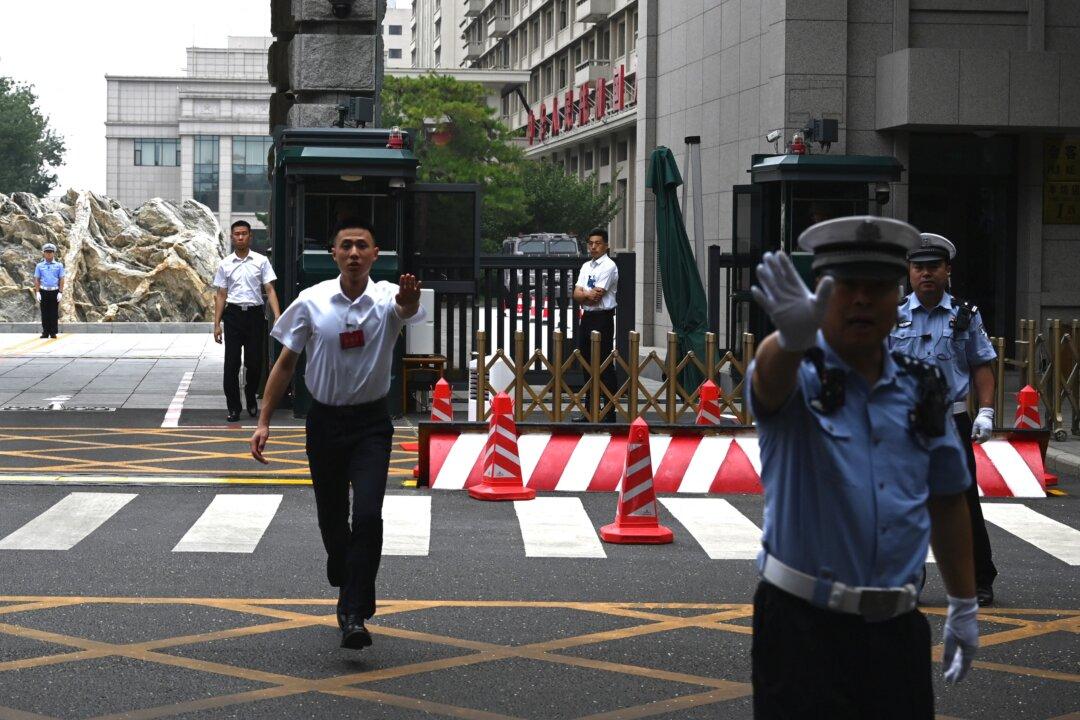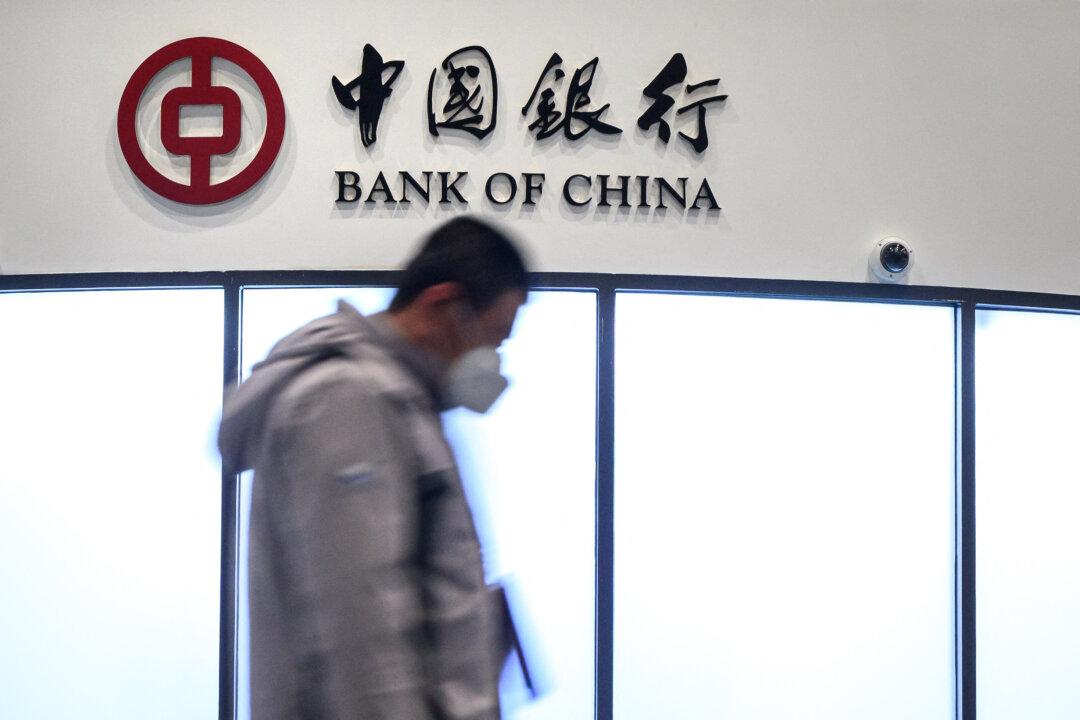An eventful 2017 saw Chinese regulators begin to rein in a number of problematic behaviors in its financial sector.
From tightening capital outflows to curbing the dealmaking of insurers funded by high-yield wealth management products, Beijing looked to deleverage its financial industry after years of loosely regulated expansion following the last financial crisis.





